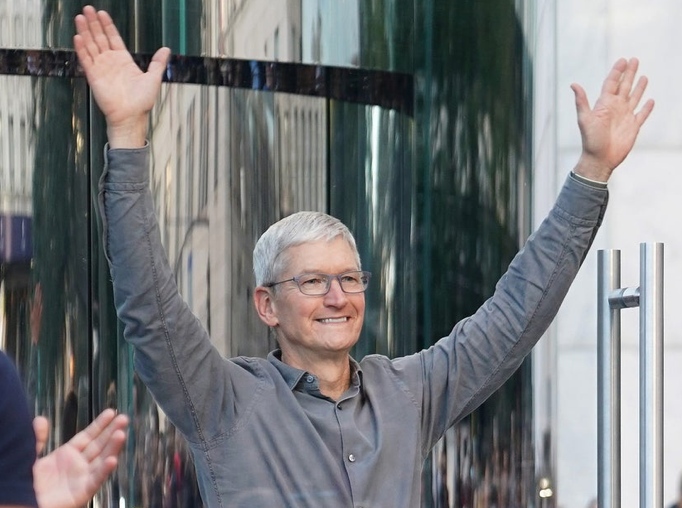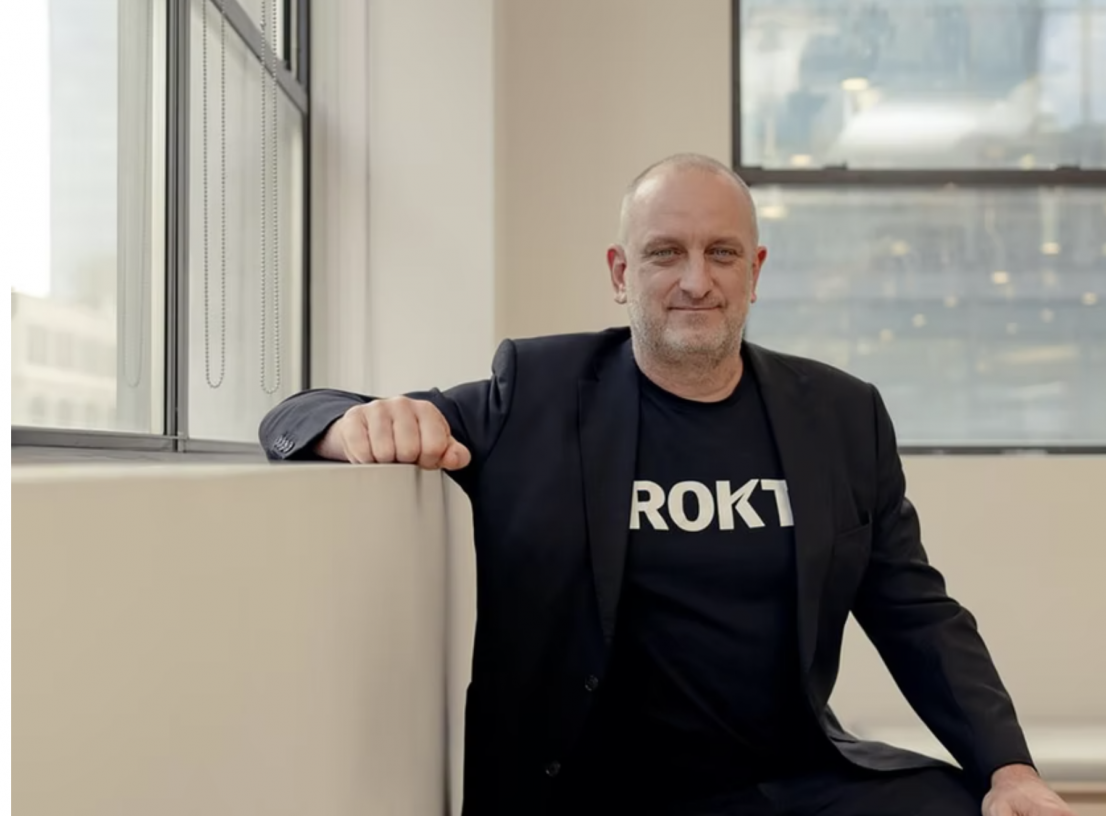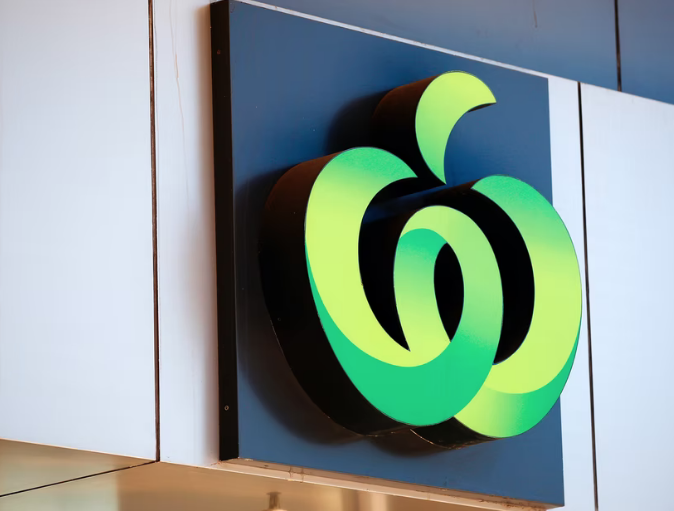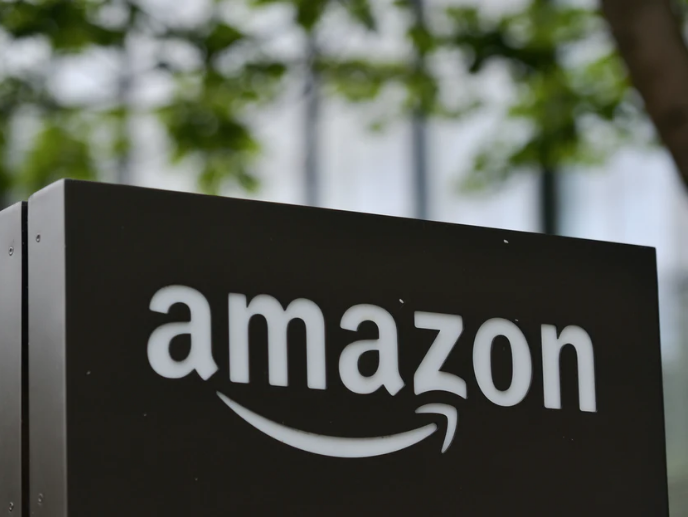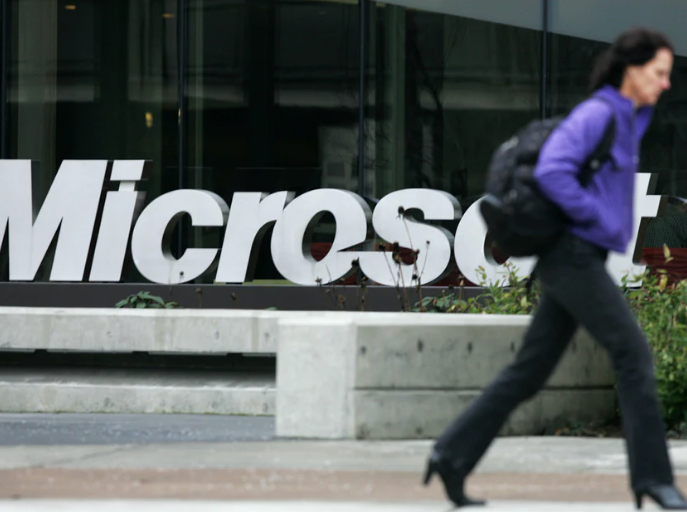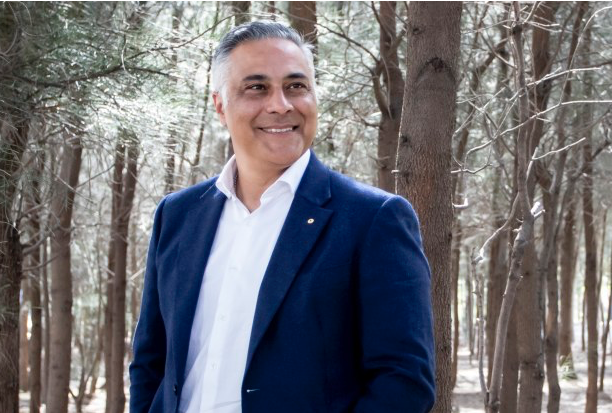
Latitude will try to cross-sell personal and car loans to Humm’s 2.7 million customers if it succeeds in buying the former Flexigroup’s credit card and buy now, pay later businesses under a $335 million offer that suggests the merger and acquisition boom will continue in 2022.
The Ahmed Fahour-led Latitude, which listed on the ASX last year, is seeking scale to take on Afterpay and Zip in a crowded buy now, pay later market that has fallen out of favour with sharemarket investors.
Latitude plans to fold its LatitudePay product, which charges retailers rather than customers, under Humm and its associated bundll brand, which have struggled to win the same sort of traction with merchants and consumers as Afterpay or Zip.
Mr Fahour said 80 per cent of Latitude’s personal loans come from cross-selling to customers who use its instalment payment products, and buying Humm will allow it to double its potential customer base.
He said getting bigger is important and would distinguish Latitude from a long-tail of under-scale buy now, pay later providers.
“We will become one of the largest, non-mortgage consumer companies in Australia and New Zealand, much bigger than anyone apart from the major banks,” Mr Fahour told The Australian Financial Review.
The bid for Humm’s instalment funding and payment offering along with its credit card book is being considered by Humm’s board. While most of the focus since Humm rebranded from Flexigroup in 2020 has been on buy now, pay later, the credit card business – which operates under the humm90 brand – accounted for two-thirds of Humm’s cash profit of $69 million in 2021.
Latitude is proposing to buy Humm’s consumer finance operations for $300 million in shares, diversifying its shareholder base, and $35 million in cash. It said, “definitive transaction documents” should be signed by the end of January.
M&A boom
Humm’s commercial business, which provides asset financing to SMEs in competition with major banks, will not be part of the deal and will remain a standalone listed company.
The offer continues the merger and acquisition boom that has seen dozens of companies use strong share prices to acquire competitors over the past year. Latitude’s share price, however, has fallen by around 24 per cent since it listed last April with a $2.6 billion valuation.
One payments analyst said the low-ball bid pointed to the fading of the buy now, pay later sector, which has been savaged on the sharemarket since November. Afterpay fell 10 per cent on Thursday alone as sentiment towards global technology stocks soured.
“Humm and Latitude have both been badly caught out by the BNPL hype which has taken focus away from their core businesses, and now the whole BNPL sector is collapsing, they are caught out very badly,” said Grant Halverson, managing director at McLean Roche.
Humm shares have underperformed despite widespread interest in Afterpay and Zip, as investors have worried about a lack of scale and the costs of chasing bigger competitors abroad.
Humm has extensive operations in Ireland and is planning an expansion into Canada. Latitude said before Christmas it wanted to expand its buy now, pay later operations, including in Asia. It has a partnership with Harvey Norman stores in Singapore and Malaysia. Mr Fahour said he is keen on expanding into Singapore and Canada.
Profit centre
Latitude makes about two-thirds of its profit by providing interest-free instalment products for large retail items funded by merchants. One-third of its profit comes from cross-selling interest-bearing consumer and auto loans to this customer base. Mr Fahour said the deal will help Latitude sell more interest-bearing products to Humm customers.
Humm and Latitude differ from Afterpay, which mostly focuses on small retail items with purchases averaging about $200. Humm and Latitude focus on offering interest-free terms on larger items, such as household furniture and electrical goods. Humm is a big financier of solar panels.
Latitude’s proposal equates to 68¢ per Humm share based on a $2 Latitude share price. Latitude closed at $1.96 on Wednesday, and rose 1.8 per cent to $2 on Thursday. Humm shares recovered morning losses to end 2.2 per cent higher at 91.5¢ amid a bloodbath among buy now, pay later stocks.
Humm’s consumer business has $1.8 billion in loans. The deal will create a combined group with more than $8 billion in loans, and more than 5 million customers and 70,000 merchants.
Humm chairman Christine Christian said the board believes “the Latitude proposal is potentially attractive to Humm shareholders and warrants due diligence and detailed negotiation”. A non-binding heads of agreement provides exclusivity until the end of January.
Humm CEO part of the deal
Humm CEO Rebecca James will be invited to lead the combined group’s buy now, pay later business and is understood to be keen to join the combined company.
Mr Fahour said Humm’s consumer business “is highly accretive” to Latitude shareholders and the company expected annualised synergies of $100 million in the 2023 full-year.
He said a pro rata distribution of Latitude scrip to Humm shareholders would allow Latitude to increase its free float, and along with the merged group’s inclusion in the S&P/ASX 200 Index, this would create more liquidity for what has been an illiquid stock.
The group would look to form partnerships with banks to provide buy now, pay later products for their customers.
“We don’t compete with the banks on mortgages and deposits which is the bulk of their assets, but Latitude and Humm can provide services to banks in this area of consumer finance, which is enhanced by the bringing together of these two organisations,” he said.
Last year, Humm struck a joint venture with a subsidiary of Westpac in New Zealand to allow the bank to use Humm’s bundll product to attract new customers.
If the deal proceeds, Humm said its commercial business, which offers broker-originated SME lending and made a cash net profit of $22.3 million in 2021, would remain a standalone ASX-listed business. Humm said its board believes the commercial business “has significant organic and strategic growth potential” operating independently.
Humm said in a statement there is “no assurance any binding agreement will be reached or that a transaction will occur”. But Latitude seemed more bullish that the deal will get done, saying both parties were aiming to close the deal before June 30.
It would be the second major acquisition for Latitude since its listing; it bought personal lender Symple for $200 million in August.
Symple and Humm use the same lending platform, known as Q2 Cloud Lending, which Latitude has also adopted.
Latitude is being advised by Jarden, King & Wood Mallesons and KPMG. Humm is being advised by Flagstaff Partners and Minter Ellison.
The offer comes as Afterpay is waiting for approval from the Bank of Spain – expected this month – to allow it to be acquired by US payments giant Block, formerly known as Square.
The deal is the latest in a wave of consolidation in personal lending, with National Australia Bank acquiring Citigroup’s consumer business for $1.2 billion in August, and ASX-listed MoneyMe buying personal lender SocietyOne in the week before Christmas.
